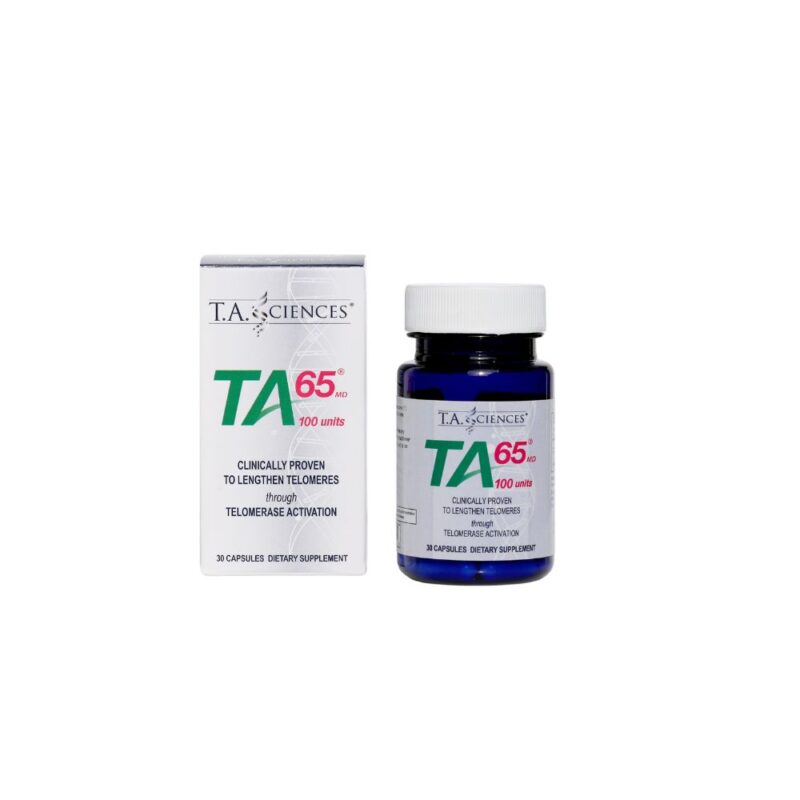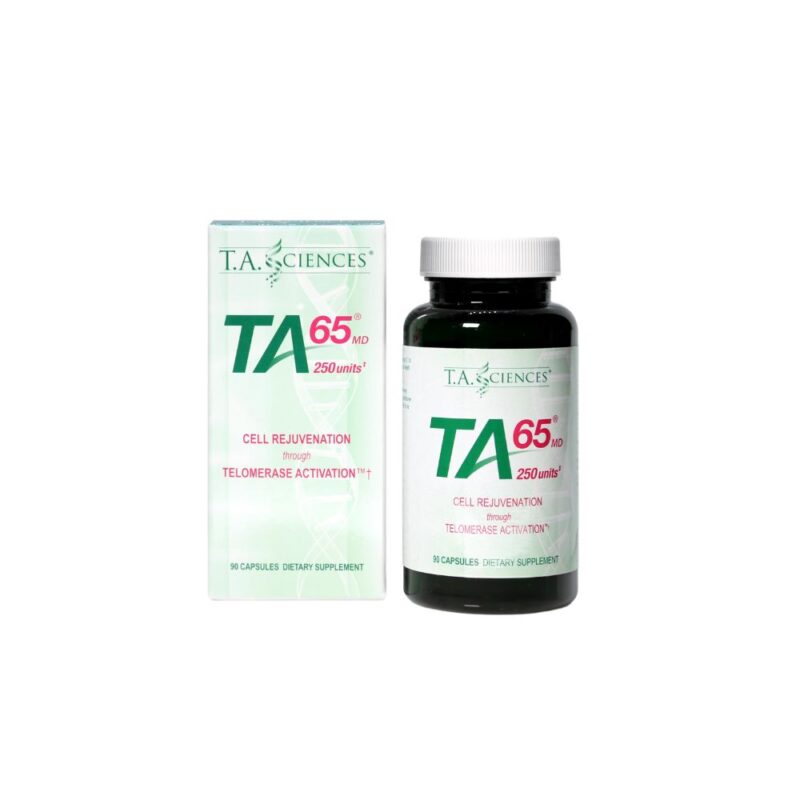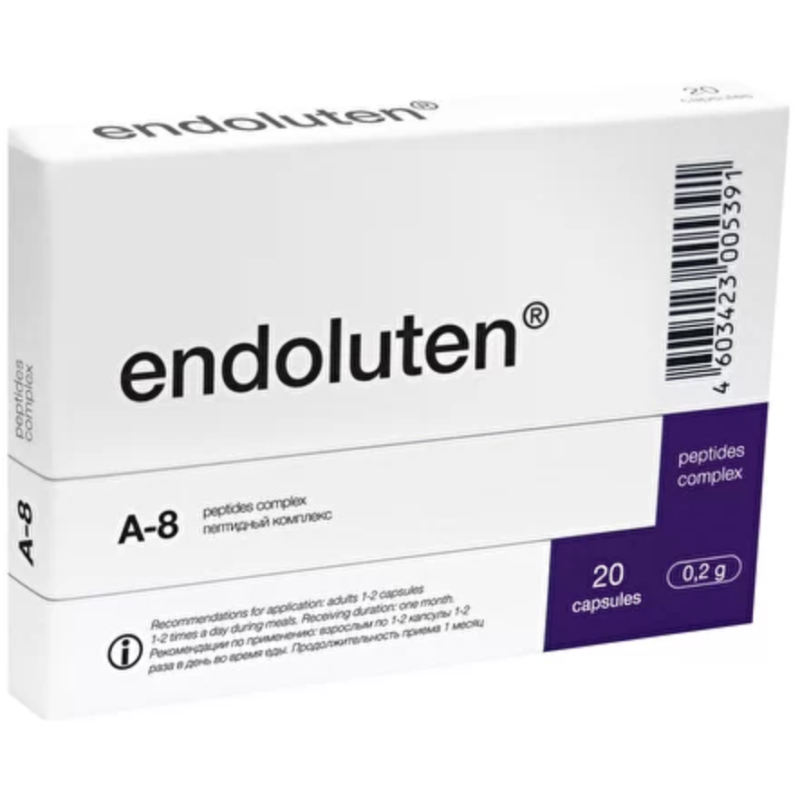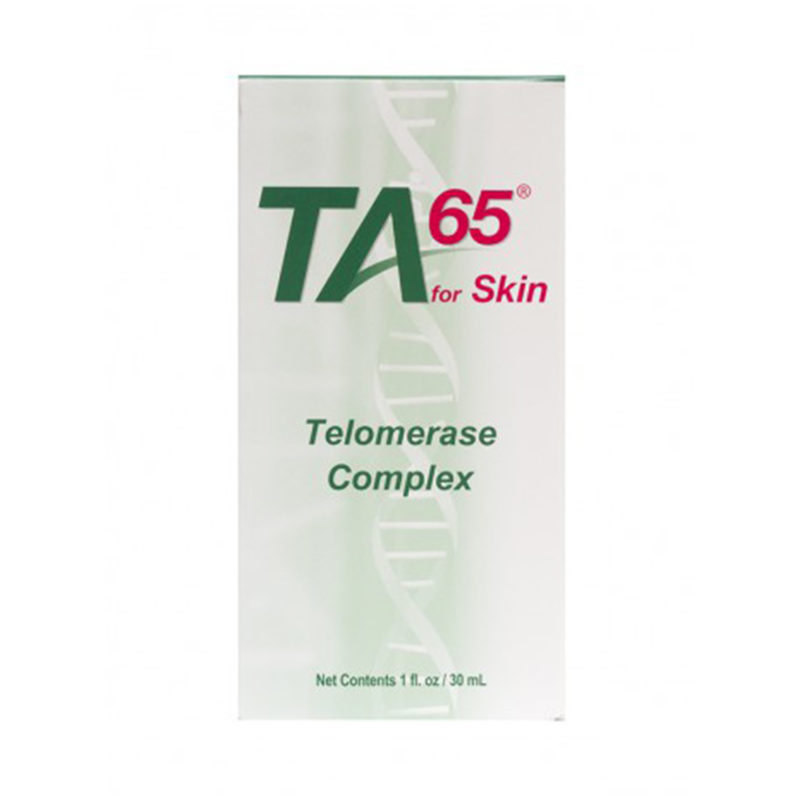Can We Cure Aging?
Ed.- We are pleased to include for the first time in the Anti-Aging Bulletin, an article by the renowned Michael Fossel, M.D., Ph.D. Dr. Fossel is the Executive Director of the American Aging Association, the Editor-in-Chief of the Journal of Anti-Aging Medicine, and the Clinical Professor of Medicine at Michigan State University.
Until quite recently,1 the notion of reversing human aging was mere fantasy, absent any scientific support. Throughout history, going as far back as the Epic of Gilgamesh 4,700 years ago2, we have dreamed of being able to cure aging and the diseases that accompany it, but every claim of a “fountain of youth” has proven to rely on nothing more than false hopes and – more often than not – an urge to profit at the expense of the gullible. The fact that we never really understood aging, made it extremely unlikely we could learn to slow, prevent, or reverse the process.
Looking back on aging
Today, however, we stand at a unique point in history, much like where we were in 1870 with regard to infectious disease. At that time, few had heard of Pasteur or Koch, and well-known scientists ridiculed the idea of microbes being dangerous or causing disease.3 Time passed, however, and once ridiculed or not, we now take the concept of infectious disease for granted. In fact, much of what is good about modern medical care- sterile technique, antibiotics, immunizations, etc – derives from this single, powerful conceptual revolution that began a hundred and thirty years ago. Before we came to grips with the fact that microscopic creatures could harm and even kill us, effective intervention in most common diseases was also fantasy. In those days, treatment for tetanus infection- “lockjaw” – was a matter of early cauterization to remove “devitalized tissue” (using a red hot iron rod or boiling oil), amputation if things got worse (without anesthesia), finally followed by hope, prayer, and attentive nursing care, though nothing really improved the deadly outcome. During America’s Civil War, roughly 60% of military deaths were attributable to tetanus alone, with other infections playing a lesser, though still substantial role in the devastation of human life. In wars, direct death due to trauma alone was relatively rare, partly because of the low kinetic energy of the weapons then in use, but largely because of the stunning risk of wound infection even after the most trivial injury. The merest scratch could cause slow unavoidable death. Not only was infectious death unnecessarily common, but the link between such deaths was completely missed. We think of malaria, cellulitis, tetanus, pneumonia, and yellow fever as a short list of infectious diseases; to the physicians of those times, each of these diseases was independent and unique, without shared mechanism, and without hope of effective treatment.
Today, we have much the same conception (and misconceptions) of aging and age-related diseases. We think of cancer, atherosclerosis, osteoporosis, osteoarthritis, skin aging, and immune senescence as all unrelated, except chronologically. You get these diseases as you get older, not because they have anything in common, but “just because you get older”. Even pathologists rarely consider common mechanisms, cellular events which link each of these diseases at the genetic level. After all, what could osteoarthritis and atherosclerosis, aging skin and Alzheimer’s possibly have to do with one another except that they happen to old people? Yet, not only do they share a great deal in common, but it is precisely this common thread that will allow effective intervention both in age-related diseases and in aging itself.
Old cars, old cells, and new free radicals
To understand the common mechanism, we first need to understand how aging itself occurs. To many, aging is simply a matter of wear and tear. Although often expressed in the scientific jargon of free radical damage to proteins and DNA or of reactive oxygen molecules and mitochondria, a simple homely model is often that of the aging car. Some scientists view getting old as the same thing that happens to a car, as it gathers rust, loses power, and falls apart4. The problem with the car analogy is that organisms aren’t cars. What car can continually repairing itself for decades? If organisms were cars, then they would be remarkably wondrous cars with invisible, elf-mechanics that magically repair, replace, and tune up the car all the time. Imagine having a car in which every time a rust spot began to appear, the fender was magically replaced with a new one. Every time the tires lost a bit of their tread, the elves magically added more new rubber with deeper treads. Every time the spark plugs got dirty, the elves took them out, cleaned them, shined them, adjusted the gaps and replaced them. The oil was replaced every night, the paint redone every two days, the engine cleaned and tuned once a week. Magical, yes, but that is precisely what your body does all the time. You live in a body that actively resists wear and tear by continually repairing itself, replacing lost cells and damaged proteins, making new mitochondria and new molecules, fixing DNA and remaking itself from top to bottom. Quite some car.
And yet, this magical car, this body which continually repairs itself, grows old. The problem, however, lies not in the rust and the worn tread, but the fact that it stops repairing itself. There is always free radical damage, but older cells stop doing much about it. Every single one of your cells divided and ultimately came two joined cells, one from each of your parents (with the mitochondria from your mother), whose cells in turn came from their parents, and so on back as far as life has been around. Following your cells, (and their mitochondria) back through your maternal line, we quickly realize that you are part of a line of cells which are three and a half billion years old. You look pretty good, considering that free radical damage has been after your cells for several billion years. Why haven’t those cells aged and died? Perhaps its not just free radical damage, but something about fertilization and having so many cells. But there are multicellular organisms that never age and single celled organisms that do. In fact, the reason that your cells age is that they allow themselves to do so.
Some cells, cancer cells or the germ cell lines that created you, never age. Other cells, such as most (though not all) of the cells of your body age, although at varying rates. All of these cells – aging or not, at different rates or not – are exposed to free radical and other damage, yet only certain cells age. The difference is that aging cells slow down their repair (and other) processes, which cells that don’t age continue to deal with the damage, quite literally forever.
Let’s look at what kinds of damage we are talking about, even just narrowing it down to free radical damage. Almost all (about 92%) of free radicals are made in your mitochondria. The first problem, then, is trying to avoid making free radicals. Unfortunately, since we need oxygen to survive, we can’t avoid making a least a few free radicals as we make ATP, the molecule that fuels almost everything in your cells. Worse yet, as your cells age, they make more and more free radicals for the same amount of ATP. In other words, your cells get sloppier as they get older.
The second problem is keeping the free radicals away from things that you need. It’s bad enough making free radicals within the mitochondria, but the last thing you want is to expose your DNA and critical cell proteins to attack from these dangerous free radicals. Luckily, your cells (like all eukaryotic cells) hides the DNA in a safe place – the nucleus – and tries to keep the free radicals in another – the mitochondria. But as your cells get older, the lipid membranes begin to leak: the free radicals begin to escape from the mitochondria.
The third problem is catching and breaking down those escaping free radicals. Your cells use vitamin E, superoxide dismutase and a number of other mechanisms to deal with free radicals. Unfortunately, as you get older, all of these mechanisms become a bit less available. As a result, free radicals roam about more freely and do more damage in older cells than they did in younger cells.
Finally, no matter how good your cells are otherwise, there is always some damage that your cells have to deal with. In the case of DNA, you repair it, in the case of everything else, you replace it. Unfortunately, as your cells age, all of this slows down too. The result is a gradual increase in the likelihood of damaged DNA, proteins that don’t work, and membranes that leak (as above).
Together, these four problems are a guarantee that your cells will slowly fall apart and fail to work, resulting in tissues that don’t work, resulting in a body that doesn’t work, resulting in problems for you. The obvious question is what we might be able to do about any of this. You could try to fix any one of these problems. For example, you might use caloric restriction to limit the production of free radicals. Or you could increase your dietary vitamin E to help scavenge the ones that escape. Both of these, and most other approaches deal with only a single part of the problem and, worse yet, only with problems after they have occurred. The best approach would be to deal with all of the problems and not just by “cleaning up after them”, but by stopping the entire problem at the cause. But is there really a single place to intervene?
Repairing cells with your own genetic toolbox
Curiously enough, all of the problems come together in one single place: gene expression. All of the changes listed above, and a lot of others, occur because the pattern of gene expression changes as we age. Your genes are just the same, but what they do certainly isn’t. Just as the difference between a muscle cell and a skin cell is the pattern of gene expression, so too is the difference between a young cell and a young one. But what controls that pattern and, more importantly, can we do anything about it?
The list of things that affect gene expression is enormous. Every cell affects its neighbors and hormones, diet, activity, infections, and a host of other things affect gene expression. In fact, the list is practically infinite: almost everything affects gene expression to some degree in a cell somewhere in your body. Even the much smaller list of things that control the change in pattern of gene expression between young cells and old ones is remarkably long. Luckily, however, we know of one thing that appears to be the major control of that change, namely the telomere.
The telomere is a long piece of DNA at the end of each one of your chromosomes. Because of the way DNA is replicated5,6, every time one of your cells divides, it loses a small part of its telomere. This gradual loss causes a change in the proteins around the telomere which in turn causes an indirect change in gene expression throughout the rest of the chromosome. The overall result is simple: every time your cells divide, they get a little bit older. Although some of your cells – nerve and muscle cells, for example – don’t divide very often, this doesn’t protect them. In each case the cells that don’t divide, (and so don’t age much) are dependent on cells that divide quite a bit. In the case of heart muscle cells, for example, it is not the heart that ages, but the arteries supplying the heart. In the coronary arteries that supply the heart muscle, the cells lining the vessels – the vascular endothelial cells – not only divide, but do so all the more in the face of smoking, high blood pressure, diabetes, and other things known to cause atherosclerosis. In short, the reason that most cardiac risk factors cause heart attacks is because they make the cells that line your arteries divide and age.
In each organ, we can trace aging diseases to aging cells. In Alzheimer’s disease, it is the microglia that appear to be the culprit. In arthritis, is the chondrocytes that make up the cartilage in your joints. In your bones, the osteoblasts age and result in osteoporosis. In your immune system, the lymphocytes age and result in poor immune function. In your skin, the fibroblasts and keratinocytes age and result in thin and wrinkled skin. In every organ, in every tissue, in every disease, we find dividing cells, aging, changing, and failing.
None of this would be of much importance if we couldn’t prevent the failure, but, as it turns out, we can. The first study that showed we could prevent aging in cells came out only a few years ago. Since then, the same result has been repeated in a host of other laboratories and other cell types. At the cellular level, reversing aging is well within our current ability.
None of us, however, are mere cells, but tissues, organs, and bodies: vast collection of cells, each cell with a specific function and each dependent upon all other cells. While we can reverse aging in cells, can we go further and reverse aging in tissues or entire organs? In a sense, we already have. We can now reset aging in “reconstituted human skin”. If we take a mouse and transplant human skin cells (keratinocytes and fibroblasts) onto it, the cells layer out and grow human skin. If we use young human cells, we get young human skin: with thick and deeply interdigitated layers, strongly bound together between the dermis and epidermis. If we use old human cells, we get old human skin: with thin and barely adherent layers, weakly bound between dermis and epidermis and prone to sloughing off at the least pull. But if we take old human cells and reset the pattern of gene expression, the result is, once again, young skin; the skin is thick, the layers have deep interdigitations, and the cells are typical of young skin both in terms of their gene expression7 and their histology8. The age of your skin is not a matter of how old the cells are, but of how old the gene expression is.
From nursing homes to chromosomes: actually reversing aging
Just as the telomere is the key to the altered pattern of gene expression in aging cells, so too is it the key to resetting gene expression in cells and in reconstituted human skin. Here, as always, the question is not “What causes aging?”, but rather “What is the single most effective point to intervene in aging?” The issue is not academic, but concrete. How can we most effectively and efficiently prevent or treat the diseases of aging? In treating arthritis, we could (and do) replace the affected joints, but this is painful, expensive, and not entirely effective. In treating heart disease, we could replace the heart itself, but this is not only painful and expensive, but remarkably risky as well. In treating the genes that underlie these and other age-related diseases, we could – just as with hips and hearts – replace the affected part. But just as in hips and hearts, so too with genes: why not simply make the normal part work the way it was intended to work? The difference between a young cell and an old cell is not the superoxide dismutase gene, nor should we replace this or other genes. The difference between a young cell and an old cell is that this and other genes are not being expressed in the right amounts and at the right times. All of this can, and has been reset by using telomerase both in the laboratory and in reconstituted skin.
The current question is; what is the best way to reset gene expression to that of normal young cells? We could replace the telomerase gene, which would then express normal telomerase, reset the genes, and rejuvenate normal cell function. Even better, however, would be to control the existing telomerase gene in each of your cells, turning it on and off as needed. This is the role of a telomerase inducer, currently under development. Either of these techniques – inserting another copy of the normal telomerase gene or using a telomerase inducer – should do the trick.
Gene insertion has already been used in other contexts and human trials using telomerase are not far off. Using this technique, a gene gun can be used to fire millions of copies of the human telomerase gene (hTERT) into human skin. While the “take” for this technique is normally fairly low, it would be sufficient. Dermal and epidermal cells would take up the hTERT gene and begin expressing it, resetting gene expression, and returning to normal young adult cell function. Current plans call for attempting this in four different types of patient: those with Fanconi’s anemia, those with dyskeratosis congenita, normal older patients in a wound care center, and children with Hutchinson-Gilford progeria. In the first two diseases, patients are known to have difficulty maintaining normal telomere function. In Hutchinson-Gilford progeria, the cells lose telomere length early in life, at least in the blood vessels, skin, hair follicles, and joints. The result is that these children have atherosclerosis, thin skin, little hair, and arthritis, usually dying by age 13 of a heart attack or stroke. Small wonder we might want to try fixing the problem.
In the case of normal older patients, we may try inserting a normal hTERT gene into the skin, particularly around the pressure sores these patients typically have. These are the result of poor innervation, (so the patient is often unaware of sitting on them for hours), poor circulation, (so they easily get infected and have a poor oxygen supply), and poor skin function, (so the cells are slow to divide and heal the lesion). If we can repopulate the skin with healthy cells, the sores may heal more quickly and fully than is normally the case in the elderly.
The real question, however, is what happens if we try these approaches in normal, older patients even without skin sores? Moreover, we could try a similar approach in coronary arteries (the cause of heart disease), glial cells in the brain (which may underlie Alzheimer’s dementia), chondrocytes in the joints (which cause osteoarthritis), osteoblasts in the bones (which fail in osteoporosis), lymphocytes in the blood (which cause immune aging), etc. Both these trials and trials using telomerase inducers are likely to begin within the next few years. Only when we are finally able to intervene in the fundamental causes of aging – the altered pattern of gene expression that permits your cells to finally succumb to free radicals and a host of other problems – will we finally be able to reverse human aging and prevent the suffering that accompanies the diseases of aging9.
References
1. Fossel M. Reversing Human Aging. William Morrow and Company. New York, 1996.
2. Sandars NK. The Epic of Gilgamesh. An English Version with an Introduction. Penguin Books, London, 1960.
3. King LS. Transformations in American Medicine. Johns Hopkins University Press, Baltimore, 1991.
4. Hayflick L. How and why we age. Experimental Gerontology 33:639-653, 1998.
5. Olovnikov AM,. Principle of marginotomy in template synthesis of polynucleotides [in Russian]. Doklady Akademii Nauk SSSR 201:1496-1499, 1971.
6. Watson JD. Origin of Concatameric T7 DNA Nature: New Biology 239, 197-201, 1972.
7. Shelton DN, Chang E, Whittier PS, Choi D, Funk WD. Microarray analysis of replicative senescence. Curr Biol 9:939-945, 1999.
8. Funk WD, Wang CK, Shelton DN, Harley CB, Pagon GD, Hoeffler WK. Telomerase expression restores dermal integrity to in vitro-aged fibroblasts in a reconstituted skin model. Exp Cell Res 258:270-278, 2000.
9. Fossel M. Cells, Aging, and Human Disease. Oxford University Press, New York, 2003.




